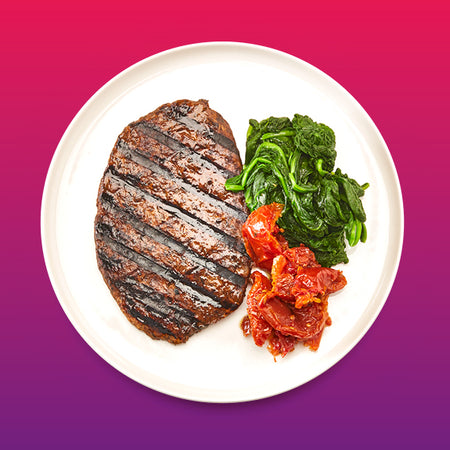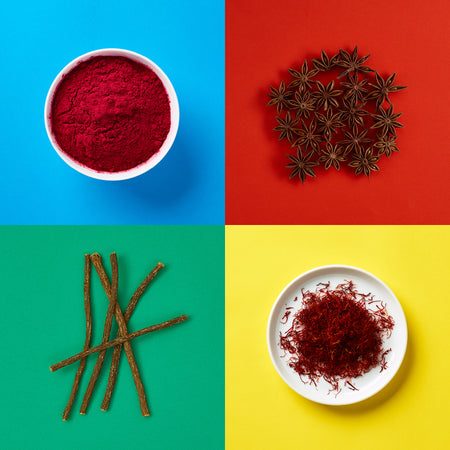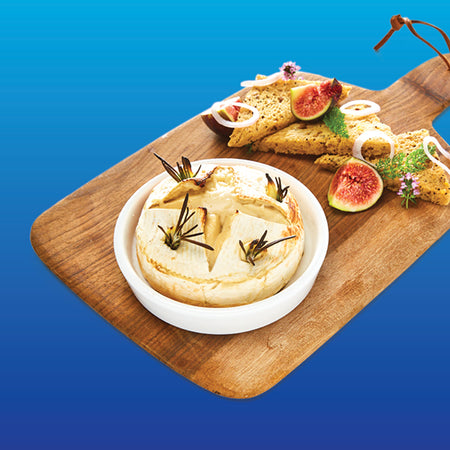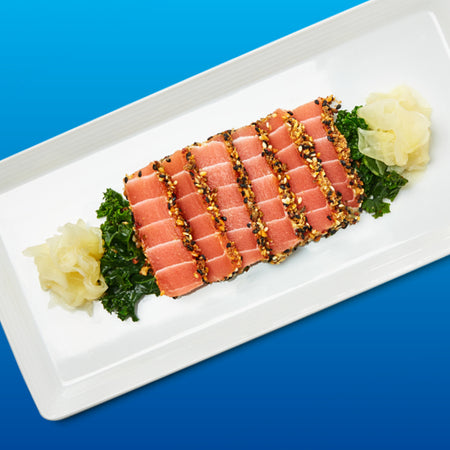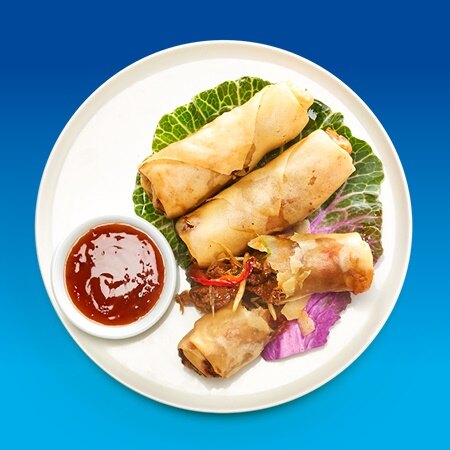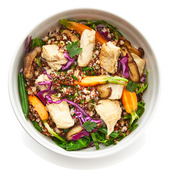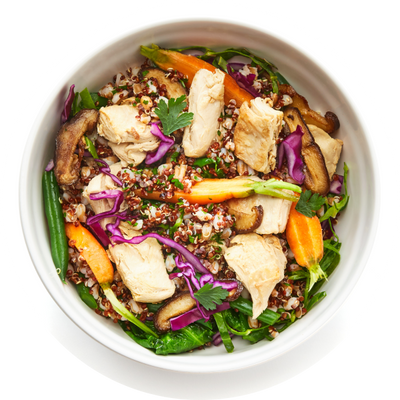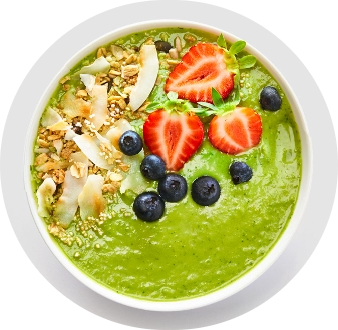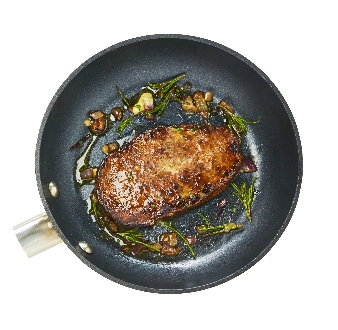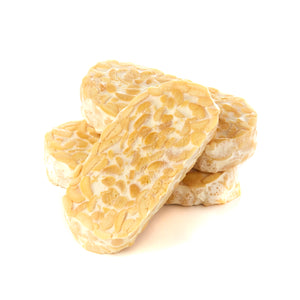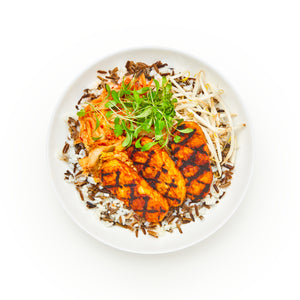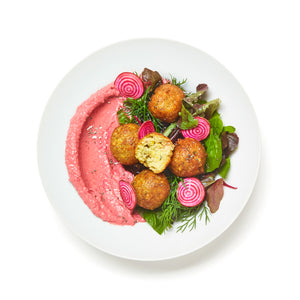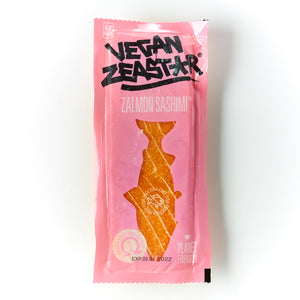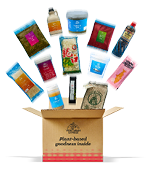Reviewed by Lawrence Owusu, Technical Manager
Building inclusive, flavour-first menus for every guest
Chinese New Year is a celebration built around food – a feast of sharing, symbolism, and connection. For chefs, it’s also a masterclass in balance: sweet and savoury, spice and freshness, richness and restraint. But as dietary preferences and allergen awareness evolve, kitchens are rethinking how to make those same flavours accessible to everyone.
In 2026, the challenge isn’t just cooking authentic Chinese food – it’s doing so in a way that’s inclusive, adaptable, and true to the spirit of togetherness that defines the celebration.
Where allergens hide in traditional Chinese cooking
Chinese cuisine relies on layers of savoury depth and complexity, which often come from soy, wheat, shellfish, and eggs – key sources of flavour, but also some of the most common allergens.
-
Soy and gluten: Found not just in soy sauce, but in fermented pastes, marinades, and noodles. Even light or dark soy varieties contain both.
-
Shellfish: A cornerstone of many banquet dishes and sauces, from XO to oyster.
-
Eggs: Used in coatings, batters, and some noodle doughs for colour and richness.
For chefs, identifying these touchpoints is crucial. Once you know where allergens live, you can start rebuilding the dish from the ground up – preserving the structure, umami and depth through alternative fermentation, seasoning, and layering.
Technique first: rebuilding umami and balance
Chinese cuisine teaches chefs the art of balance – and that balance can absolutely be achieved with plant-based and allergen-free ingredients.
1. Recreate depth through fermentation
Fermented pastes and sauces deliver the savoury backbone of Chinese cooking. A soy-free alternative such as Noya Soy-Free 'Soy' Sauce still gives that layered, fermented depth, working beautifully in marinades, glazes, and dressings without soy or gluten.
Similarly, Noyster Plant-based 'Oyster' Sauce captures the same glossy, caramelised sweetness that brings wok-fried greens or Mapo Tofu to life – without shellfish. Used sparingly, it keeps that classic Cantonese-style balance between umami and sweetness.

2. Build base notes with aromatics
Garlic, ginger, and spring onion are the holy trinity – and when cooked slowly in oil, they form the foundation for countless sauces. Building your own infused oil with these aromatics (plus a hint of star anise or cassia) creates a complex base to replace animal-derived depth.
3. Focus on texture as much as flavour
Chefs know that umami isn’t just a taste – it’s a texture. Slow-braising aubergine until silky, frying tofu until blistered, or folding king oyster mushrooms through a soy-free glaze all deliver the kind of satisfying mouthfeel that defines Chinese celebratory dishes.
Chef spotlight: reimagining chow mein for every diner
“Inclusivity shouldn’t mean compromise – it should mean creativity.”
— Dan Blucert, Innovation Chef, Vegetarian Express
Dan’s take on an allergen-free chow mein starts with rice noodles for a naturally gluten-free base, wok-tossed with seasonal British veg and a layered sauce built from Noyster Plant-based ‘Oyster’ Sauce and Noya Soy-Free ‘Soy’ Sauce. The result? The same glossy, aromatic wok-fry finish – just rebalanced for a modern audience.
“When you’re building without soy or oyster sauce, you have to think about what those ingredients give you: depth, salinity, umami. Once you understand that, it’s not about swapping – it’s about rebuilding.”
Small bites, shared spirit
Chinese New Year dining is all about sharing – dumplings, buns, and snacks that bring people together. And that sharing moment can be just as inclusive.
Prawn'less Crackers are a great example of how chefs can keep the familiar structure of a dish while making it open to all diners. Crisp, light, and plant-based, they deliver that same satisfying crunch alongside small plates, soups, or dips – a simple way to set the tone for a feast that everyone can enjoy.

Why inclusive Chinese menus make business sense
Allergen-aware, plant-forward cooking isn’t just a dietary accommodation anymore – it’s a market expectation. With more diners identifying as flexitarian or managing allergies, inclusive menus allow operators to:
-
Serve mixed dietary groups confidently, from vegan to gluten-free.
-
Reduce complexity by developing one adaptable master sauce base that works across dishes.
-
Retain authenticity while broadening reach and repeat custom.
Chinese New Year menus built with inclusivity in mind don’t dilute tradition – they extend it. When every diner can share the same table, that’s the true spirit of the celebration.
Ready to build your Chinese New Year Menu? Shop all Chinese ingredients.

